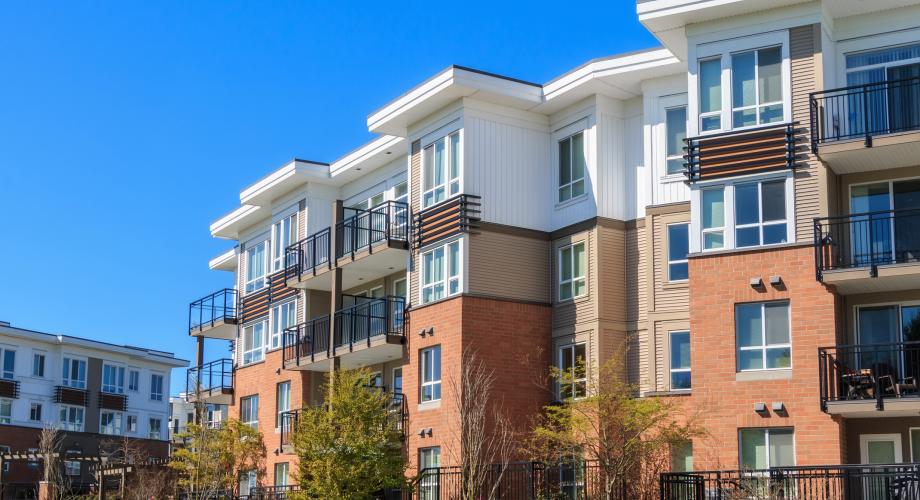On August 1, 2023, the Environment Protection Agency (EPA) published a proposed rule that would dramatically alter the way lead dust hazards are classified. The agency has proposed that any detectable amount of lead dust be considered a hazard and that the threshold for clearance post-abatement be reduced. For covered properties and any entity that engages in remediation or abatement activities, this proposal would set a moving target that makes lead-dust cleanup—by definition—nearly impossible.
Background
The EPA began setting dust-lead hazard standards (DLHS) and dust-lead clearance levels (DLCL) in 2001 under the Toxic Substances Control Act. The DLHS are used to determine what amount of lead dust poses a health risk in housing units that participate in a federal assistance program and was built before 1978, the year lead-based paint was banned by the federal government. The DLCL, meanwhile, sets the acceptable amount of lead dust after an abatement is performed.
Since these regulations have existed, the DLHS and DLCL have been coupled. For example, the EPA’s current figures for both values are 10 micrograms per square foot (µg/ft2) of lead for floors and 100 µg/ft2 for windowsills. Any lead dust above those numbers is considered a health hazard and any post-abatement cleaning will be considered successful if it brings the dust levels below those figures.
Proposed Rule
The new standards decouple the DLHS and DLCL for the first time and present a non-numeric DLHS value of “any reportable level as analyzed by a laboratory recognized by EPA's National Lead Laboratory Accreditation Program,” while the DLCL would be lowered to 3 µg/ft2 for floors, 20 µg/ft2 for windowsills, and 25 µg/ft2 for window troughs (down from 400 µg/ft2). This means that a property could be under DLCL but above the DLHS, triggering notification requirements even after abatement has been performed. In other words, a property that has effectively undergone a lead-dust abatement could very likely still be considered a hazard.
NAA’s Response
Rental owners and operators provide quality housing to their residents and comply with the federal, state and local requirements where they operate. As they change housing policies, legislators and regulators must contend with the cost of overregulation on the provision of and ultimately, the cost of housing. In our letter to the EPA, the National Apartment Association (NAA) and our real estate partners voiced serious concerns arguing the proposed rule will have significant negative impacts on all aspects of the housing and real estate market, including affordable housing.
NAA maintains that the agency’s proposal neither considers a complete analysis of the impacts on health nor relies on the best available science. Because the proposed rule is unnecessarily onerous, its implementation could result in fewer participants in federal programs, less affordable housing and households with children moving into more expensive and inconveniently located units. Given that housing insecurity and cost burden are critical determinants of health, NAA urges the EPA to consider these and the impacts of the proposed rule.
For more information about lead dust hazards, please contact Ben Harrold, Manager of Public Policy.
